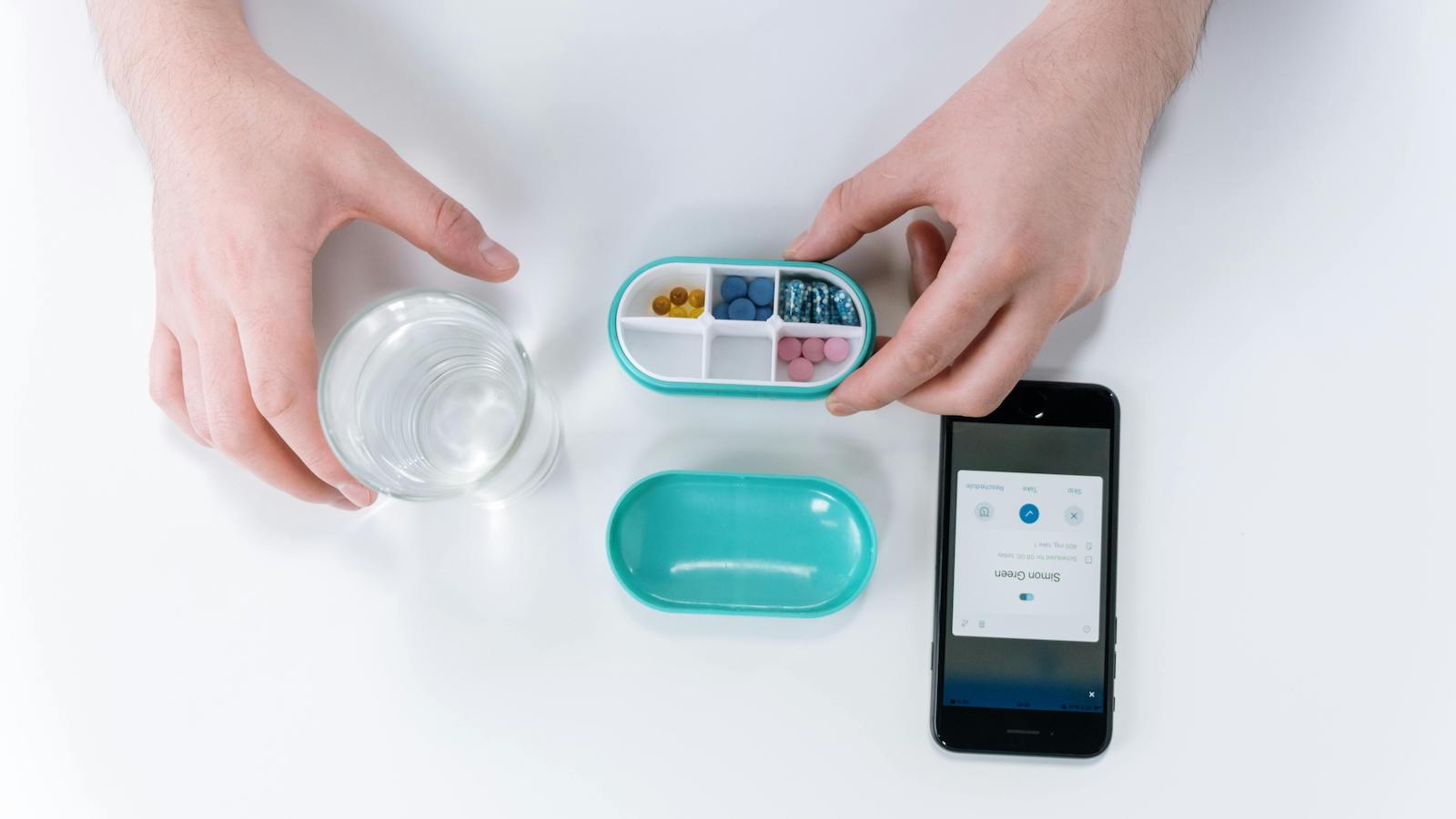In 2023, prescription drug use reached unprecedented levels in the U.S. This alarming trend is linked to the "medicalization" of health issues, institutional factors within the healthcare and pharmaceutical industries, an aging population and the increasing burden of chronic diseases. According to the Centers for Disease Control and Prevention (CDC), a staggering 71% of doctor visits and 76% of emergency room visits are related to drug or medication therapy, with analgesics being a primary focus.
This reliance on medication is rooted in the American healthcare culture, where people are conditioned to view medications as integral to their daily routines. Many are entrenched in a reactive healthcare regime, heavily influenced by media that promotes the idea of taking a pill to cure or treat every ailment. According to the Lowen Institute, this idea has fostered a culture of overprescribing, driven by the fast-paced nature of healthcare, reimbursement models for patient visits and the pervasive social and medical expectation that there is a "pill for every ill."
This phenomenon is particularly evident in the management of musculoskeletal (MSK) conditions. In the U.S. alone, MSK conditions incur costs amounting to $380.9 billion annually, a figure that continues to rise steadily as the population ages.
With a growing emphasis on preventive care and holistic wellness, there emerges an urgent opportunity to transform the management of these conditions. .
See also: How AI Can Lead to Personalized Medicine
To truly become pain-free, we must change the face of healthcare from a reactive to a preventative approach.
Why is this necessary? Conditions such as arthritis, back pain, neck pain, cancer and muscle and neurogenic pain are the leading causes of chronic pain. These conditions often stem from musculoskeletal issues and can severely disrupt sleep, hinder mobility and diminish quality of life. Muscle pain, a common complaint across all age groups, can range from mild discomfort to debilitating agony, affecting individuals' ability to engage in physical activities and enjoy life to the fullest.
By focusing on prevention and holistic wellness, individuals can take steps to manage and alleviate pain. This involves embracing lifestyle changes, such as regular physical activity, proper nutrition and stress management techniques. Additionally, incorporating physical therapy and other non-pharmacological interventions can significantly improve outcomes and enhance overall well-being.
The journey to becoming your own magic bullet starts with recognizing the power of preventative care.
The first steps to becoming your own magic bullet are:
Be Proactive, Not Reactive by taking charge of your health by getting to know your body intimately, especially when it comes to MSK issues.
Take Responsibility for Your Heath and embrace the notion that true wellness starts from within. Resist the temptation to rely solely on quick-fix solutions like pills or supplements.
Stay Active and Stay Heathy regardless of age, gender or physical ability. Everyone has the capacity to engage in some form of physical activity.
Track Your Progress by setting achievable goals and monitoring how you're moving toward them.
Let Your Physician Become Your Partner.
See also: Data Science Is Transforming Public Health
According to Andrew Naber, an industrial and organizational psychologist, the average person spends one-third of their life at work, equating to about 90,000 hours. It is no wonder that health management is gaining traction in the workplace.
Both self-funded companies and those that are not self-funded are beginning to provide their employees with Wellness Dollars—insurance-provided funds designated for health and wellness initiatives within organizations, often offered at reduced costs or even for free. Interestingly, Wellness Dollars can be allocated for a variety of wellness activities and tools, including gym memberships, wearable devices, live virtual fitness classes and mindfulness and nutritional classes.
By leveraging these resources, employees can foster a culture of health management in the workplace and continue at home.
Transformative healthcare is here to stay. We are witnessing an increasing number of companies entering the digital health and wellness space, offering a wide range of services from mindfulness and AI-assisted technology to fitness apps and biometric monitoring. This marks the beginning of a revolution to stay active and stay fit, starting with each and every one of us.
People are becoming empowered to take control of their health. Let's hope that the mantra "there is a pill for every ill" will soon be forgotten, replaced by a holistic approach to well-being.








